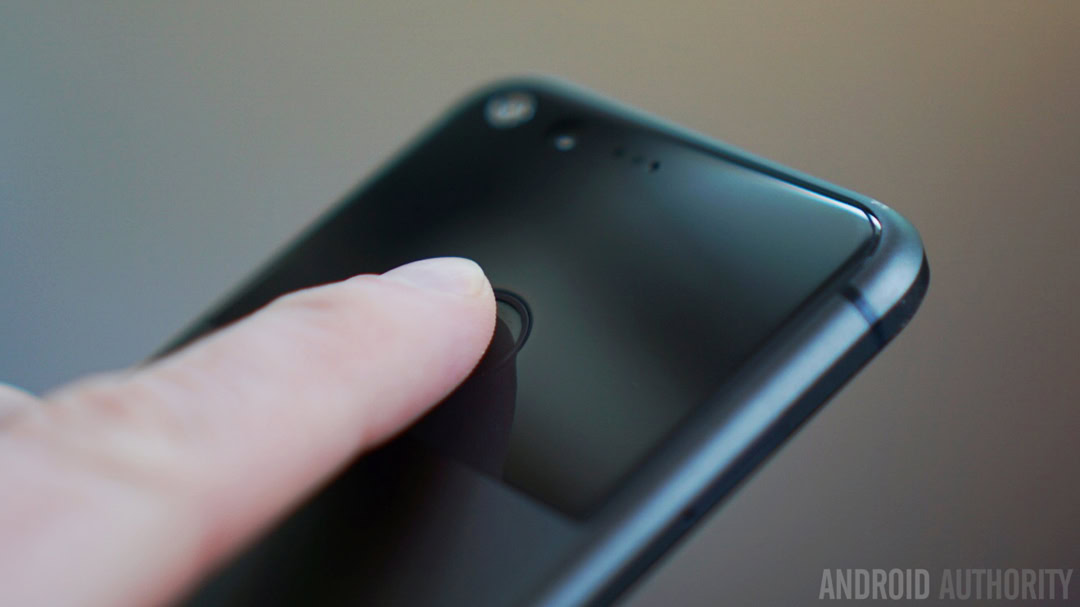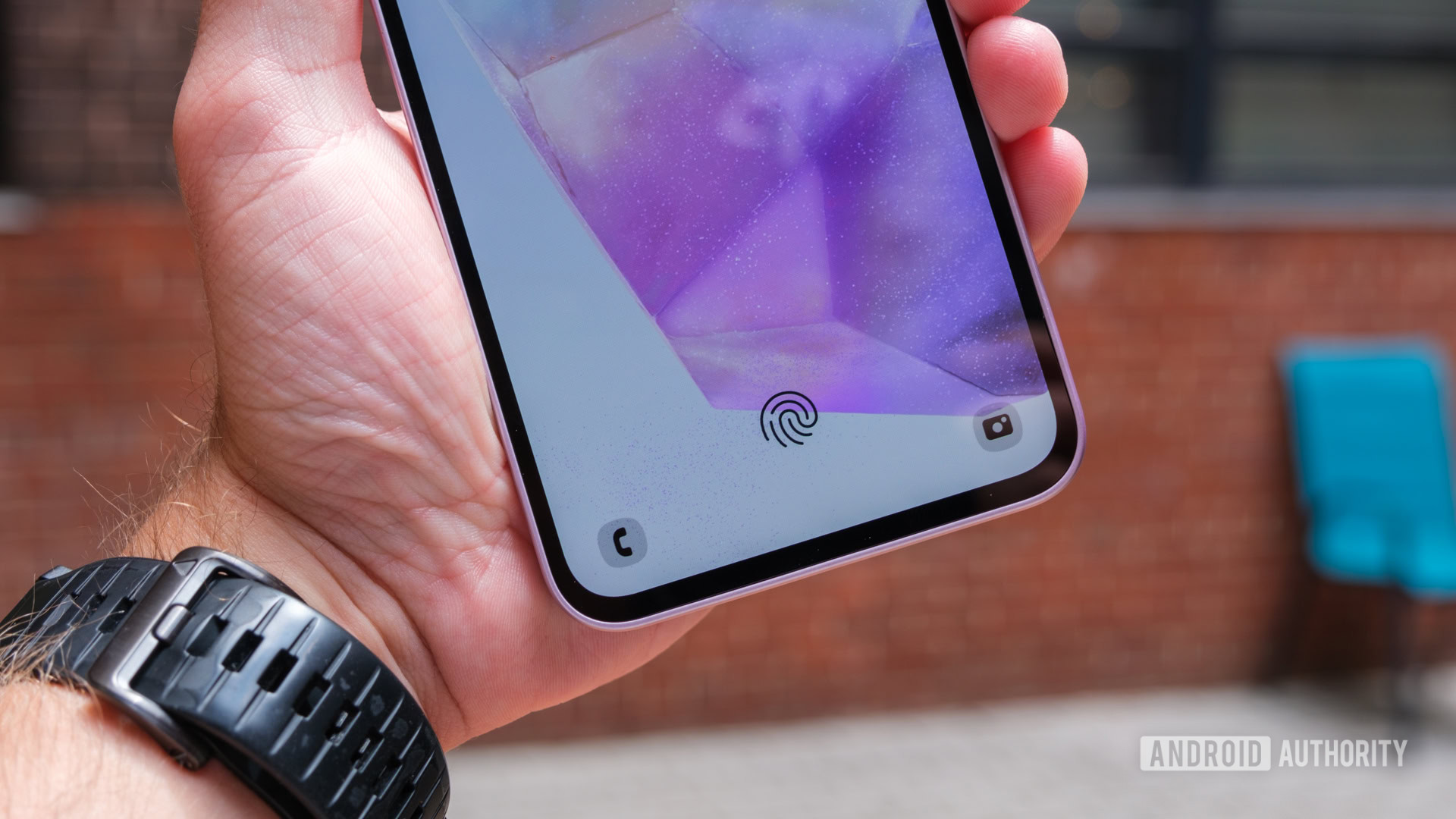Affiliate links on Android Authority may earn us a commission. Learn more.
OLED microdisplays could pave way for next-gen fingerprint scanners
Published onMay 5, 2017

The Fraunhofer Institute demonstrated brand-new OLED microdisplays that can identify even the smallest sweat pores of your finger.

One of the biggest rumors for the Galaxy S8 was the inclusion of an under-glass fingerprint scanner. While Samsung did manage to bring the screen-to-body ratio of the Galaxy S8 and Galaxy S8 Plus up to a whopping 83 percent or so, they did so by moving the fingerprint scanner to the back. Now, the Fraunhofer Institute’s newest invention might mean that we are one step closer to highly advanced and secure under-glass optical fingerprint scanning technology.
We’ve heard a similar report about Apple and its recently-acquired micro-LED display research company, LuxVue. The difference here is that Fraunhofer uses OLED microdisplays to create high-precision fingerprint scanners. The researchers first unveiled OLED microdisplays that had photo detectors between the OLED pixels back in 2012, but the latest generation sensors boast a native resolution of 1,600 dpi. That’s three times higher than what is required by the FBI, according to the research firm.
The latest generation microdisplays boast a native resolution of 1,600 dpi. That’s three times higher than what is required by the FBI, according to the research firm.
Essentially, this unique technology uses OLEDs as a light source on a microchip. The finger is then illuminated, and the reflected light is detected and analyzed. As Bernd Richter, deputy division manager for OLED microdisplays and sensors at Fraunhofer explains, this optical scanner is remarkably thin:
We have used an extra-thin encapsulation for the chip of this fingerprint sensor. Thereby the distance between finger and image sensor has been minimized and the fingerprint can be captured excellently. Thus, an additional imaging optics is not necessary for this application.
What’s more impressive is that despite the thinness, the high spatial resolution allows it to identify even the smallest sweat pores on top of the regular papillary lines, meaning these OLED-based optical fingerprint scanner prototypes are extremely secure. Optical fingerprint scanners are the oldest method of capturing fingerprints, and because they rely on optical images of your finger, it’s not difficult to manipulate them. The Fraunhofer Institute’s new sensors, therefore, address this major drawback.
Though it’s unlikely that we will see these OLED microdisplays commercially available anytime soon, the Fraunhofer Institute’s prototype could open up a whole new world for what future smartphones could look like.
What do you think about these OLED microdisplays? Could they be the future of fingerprint scanning technology? Let us know in the comments below!